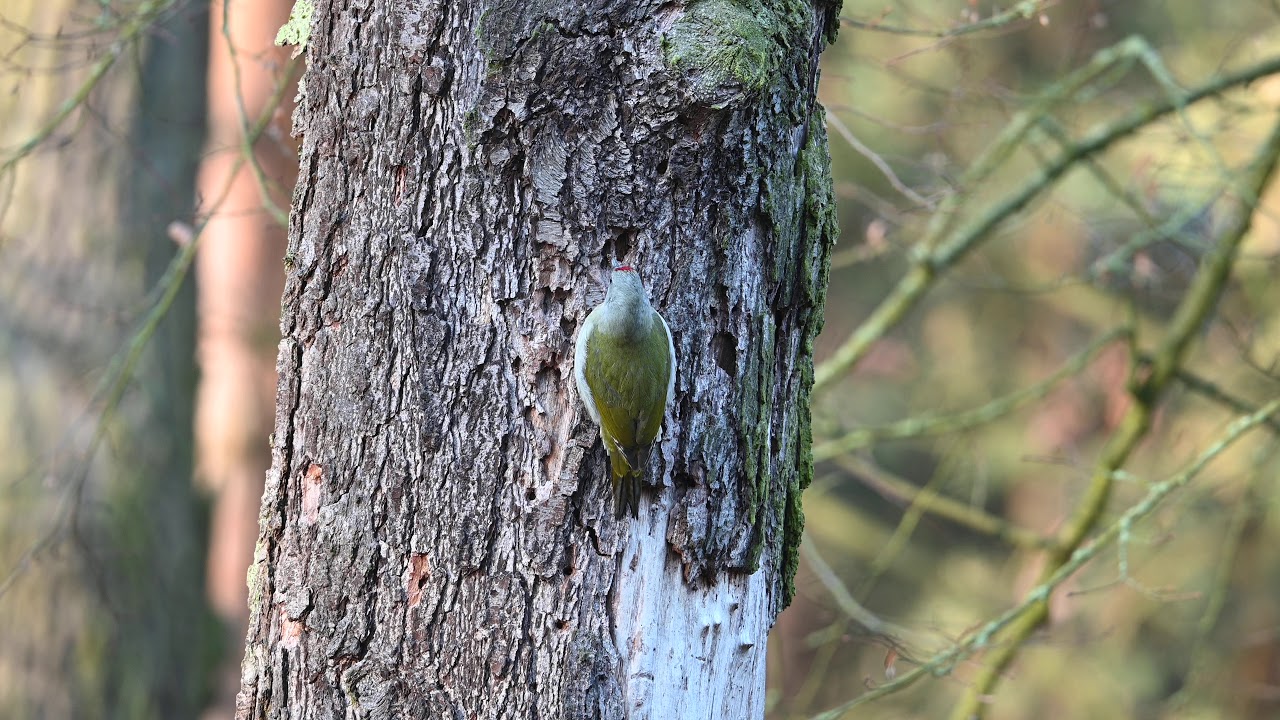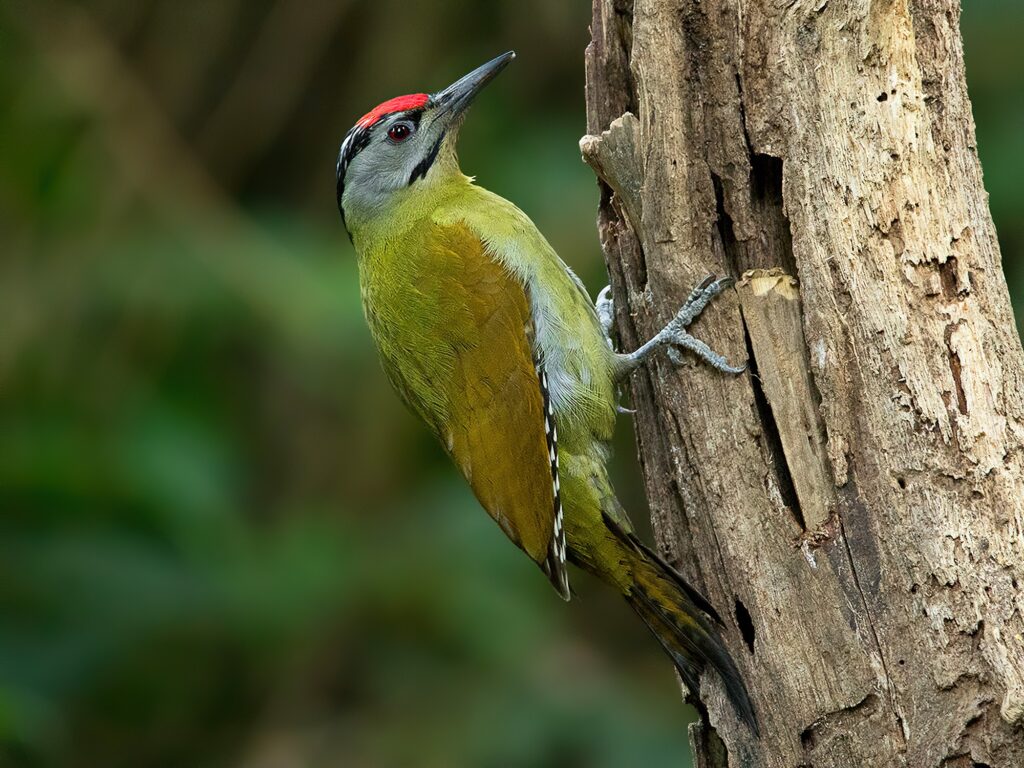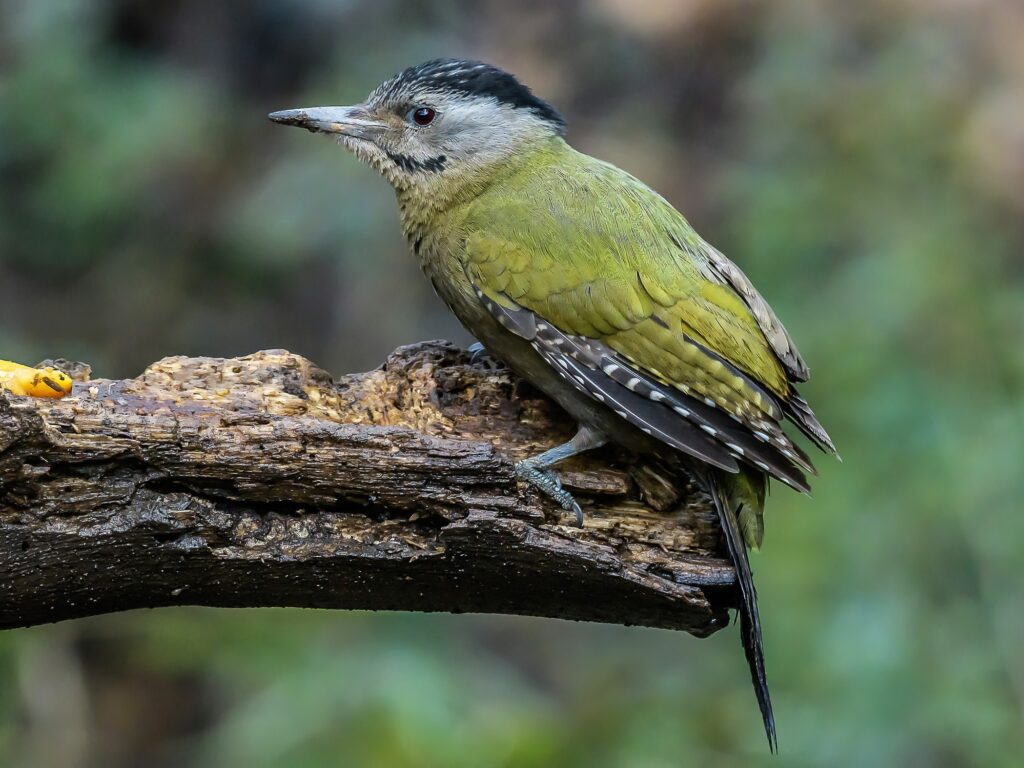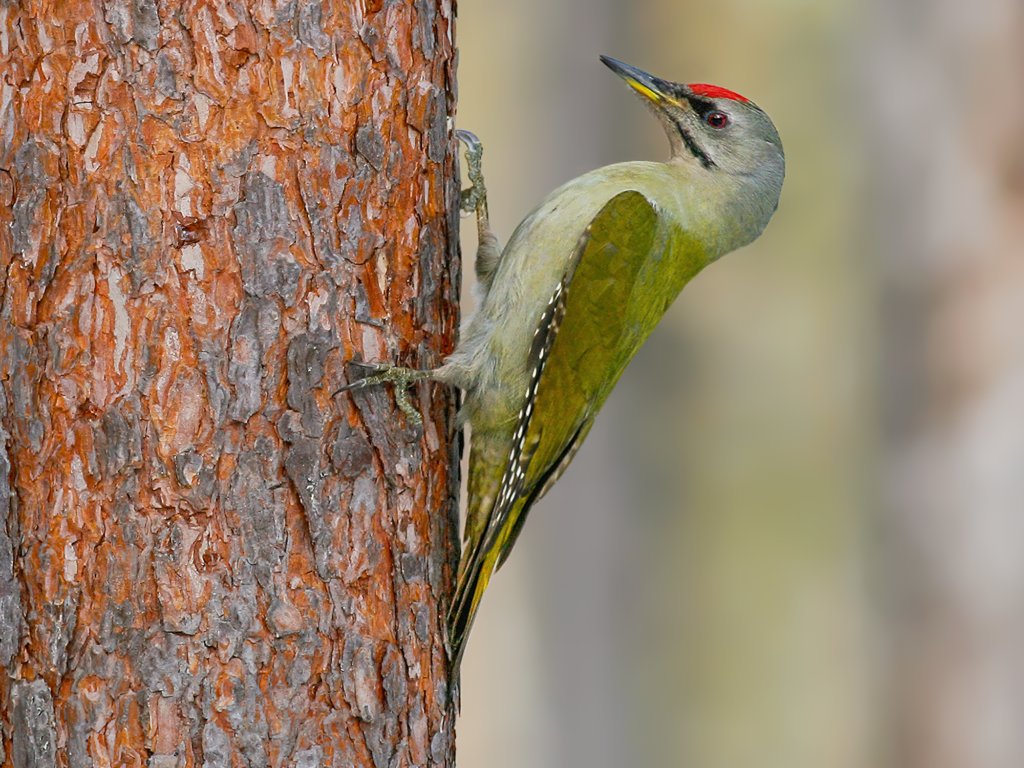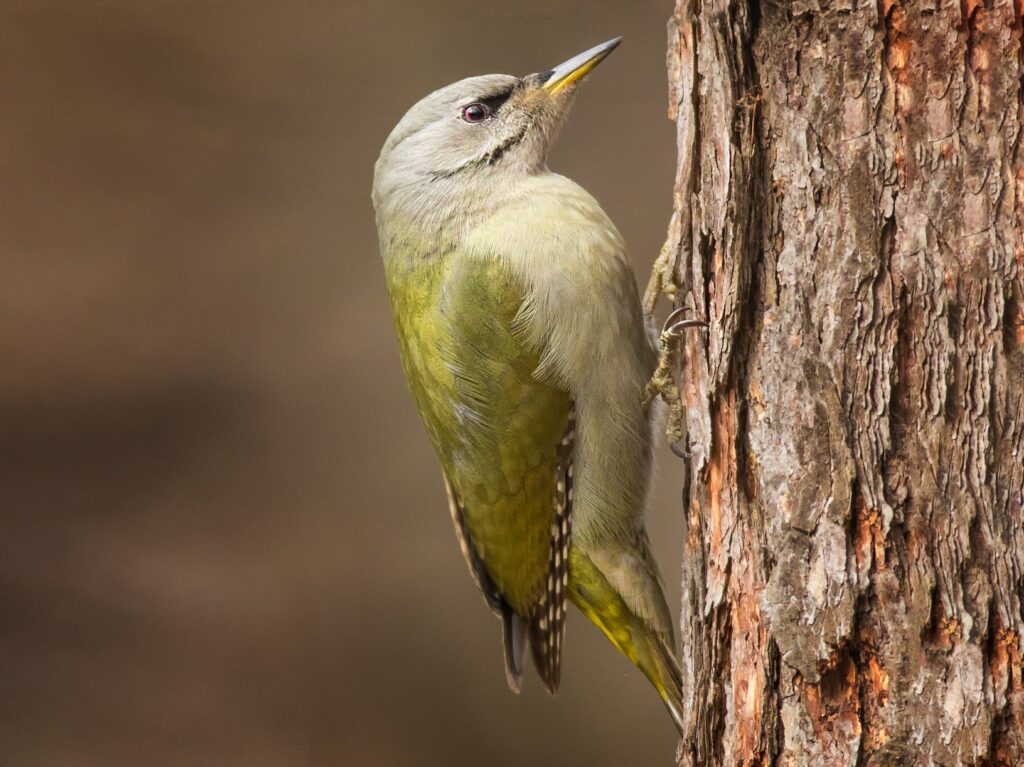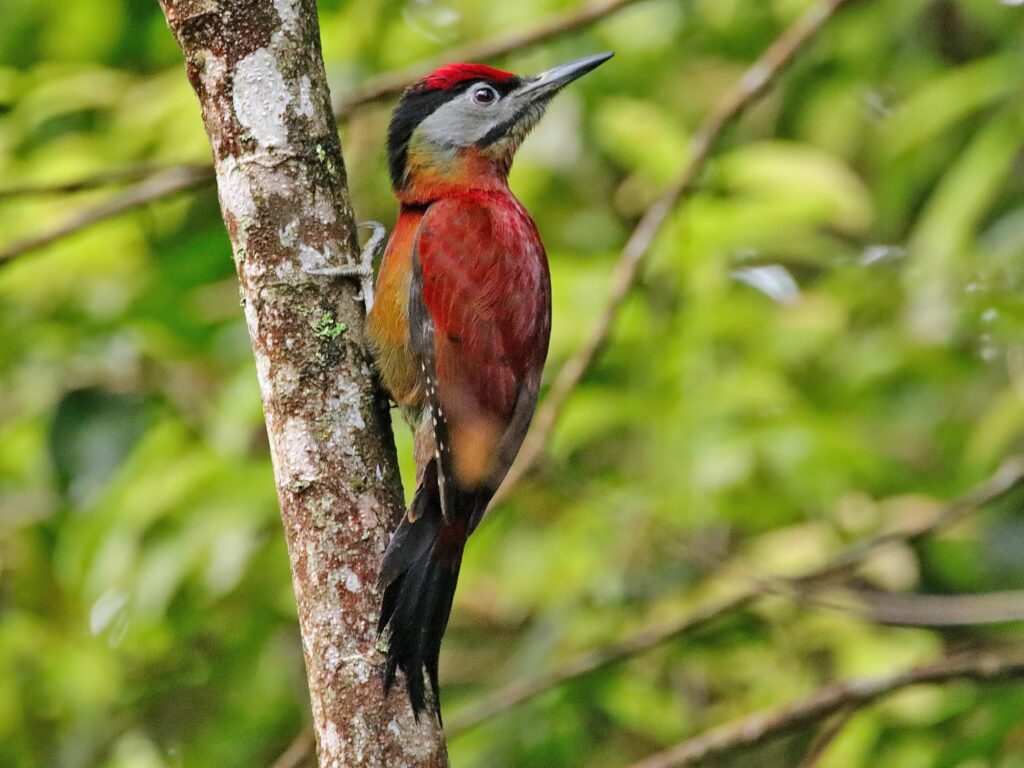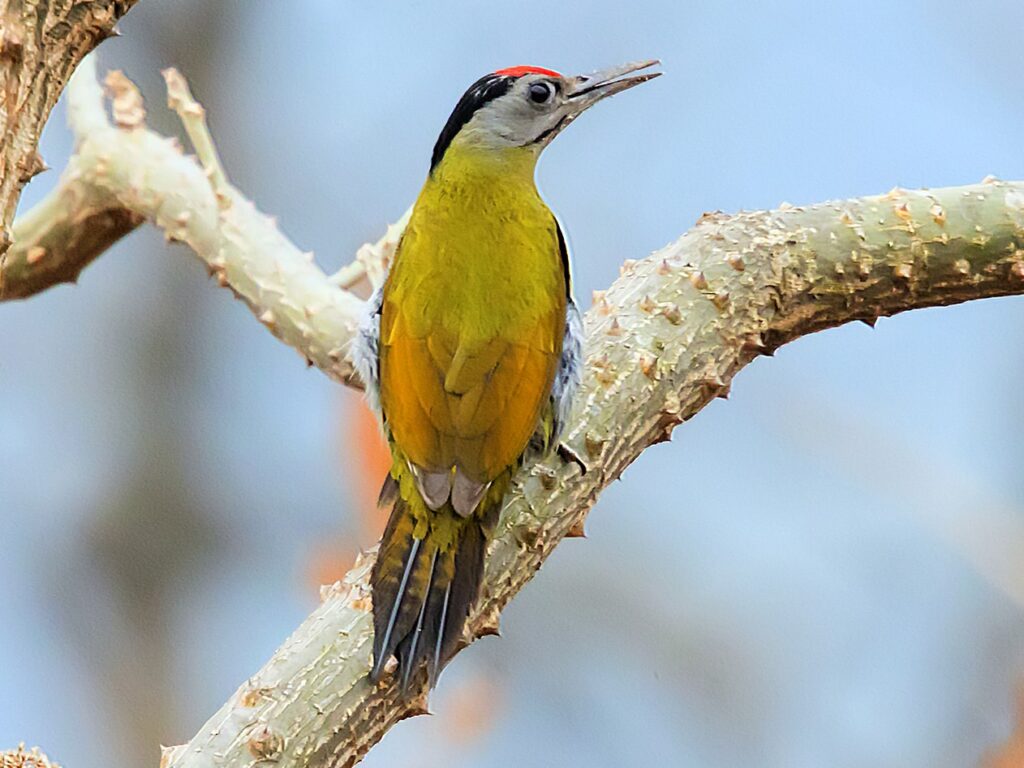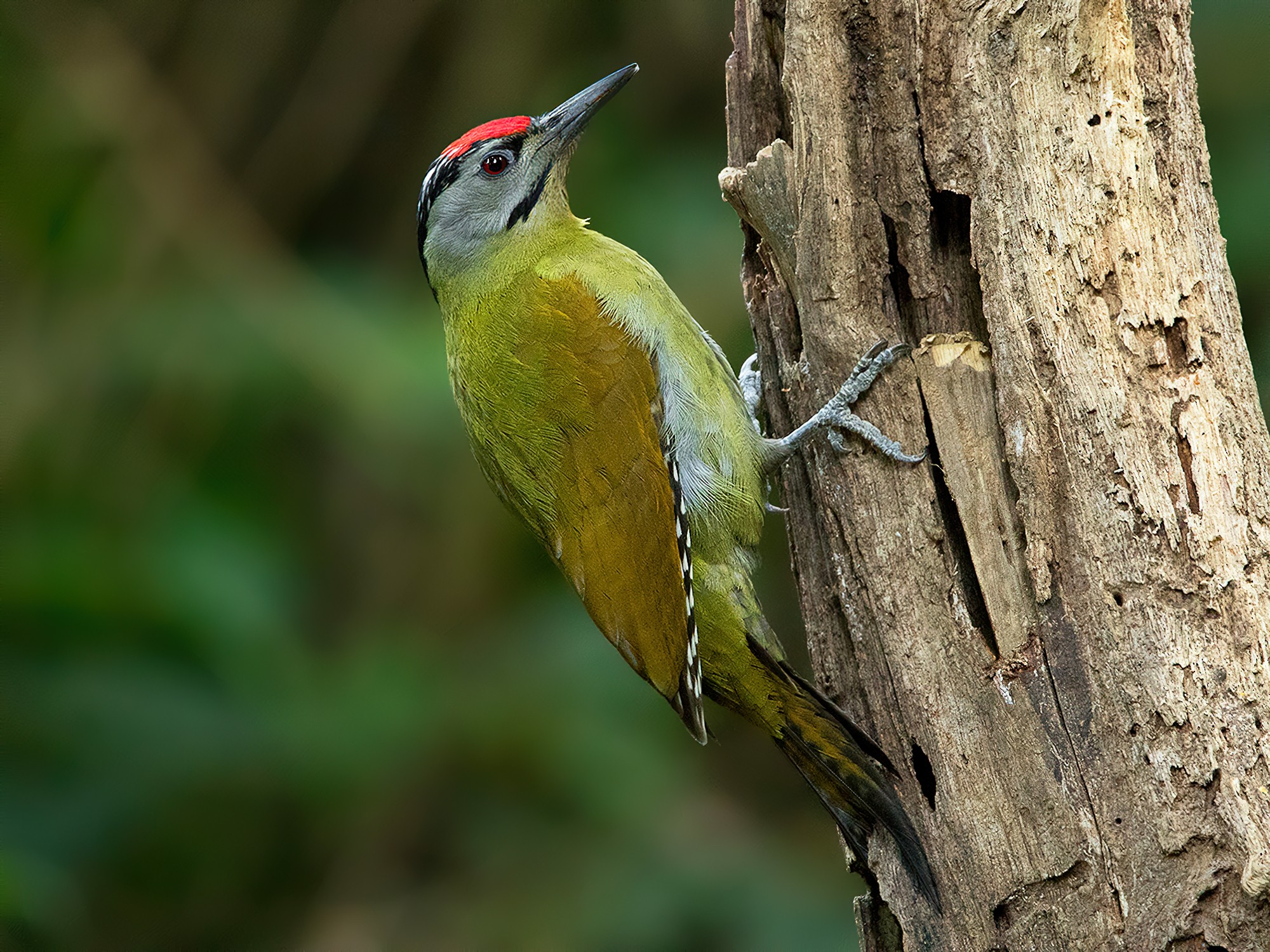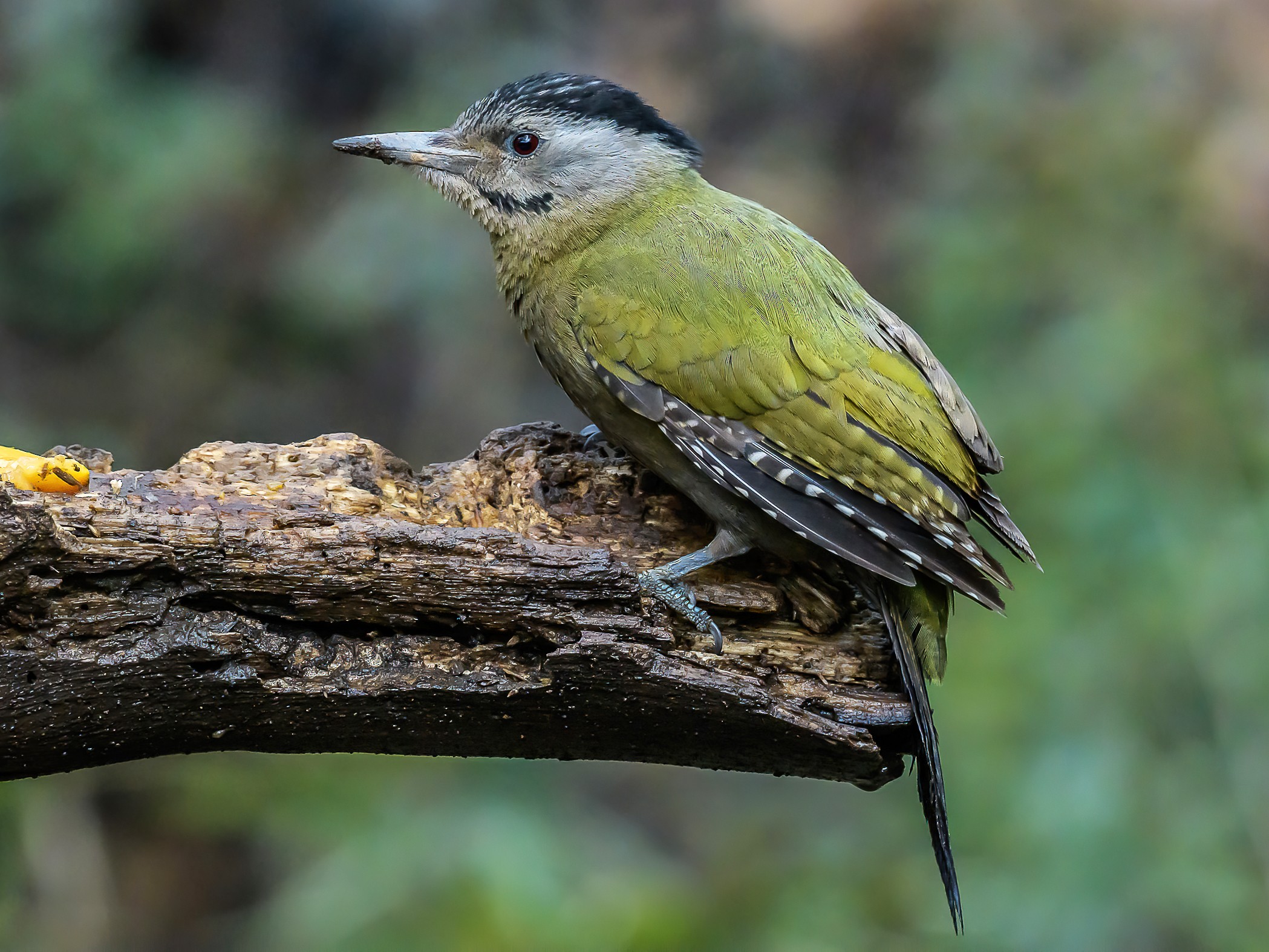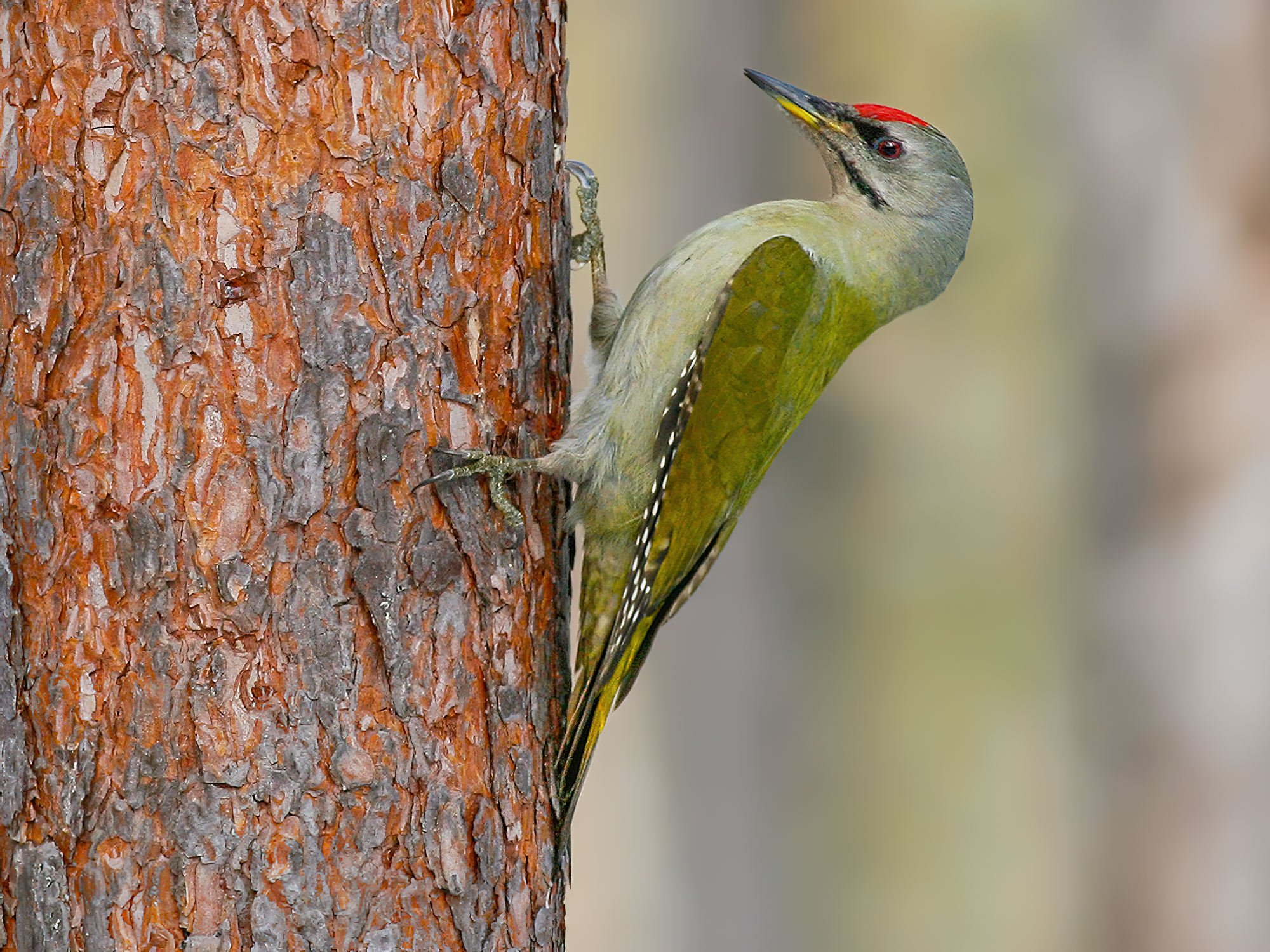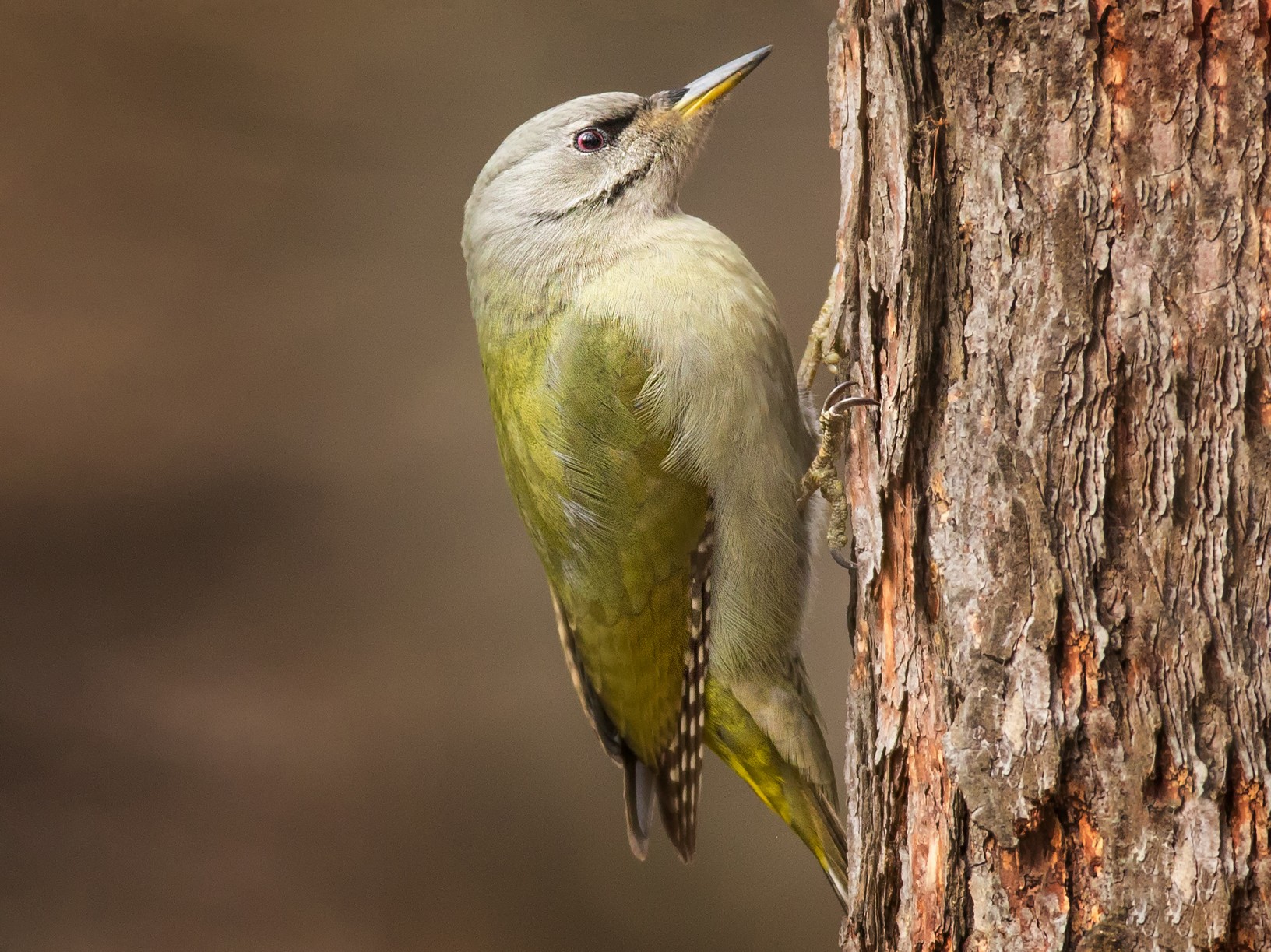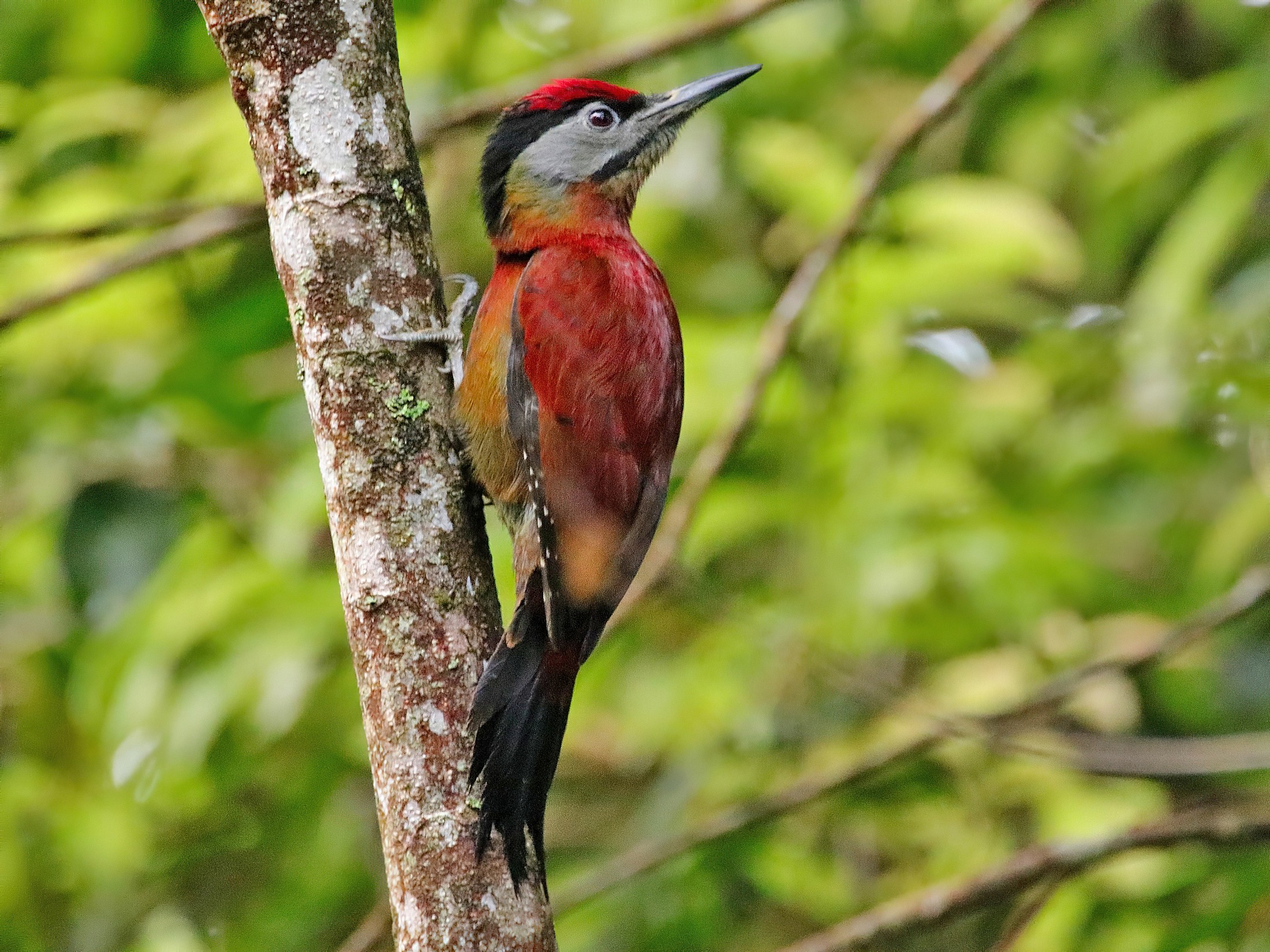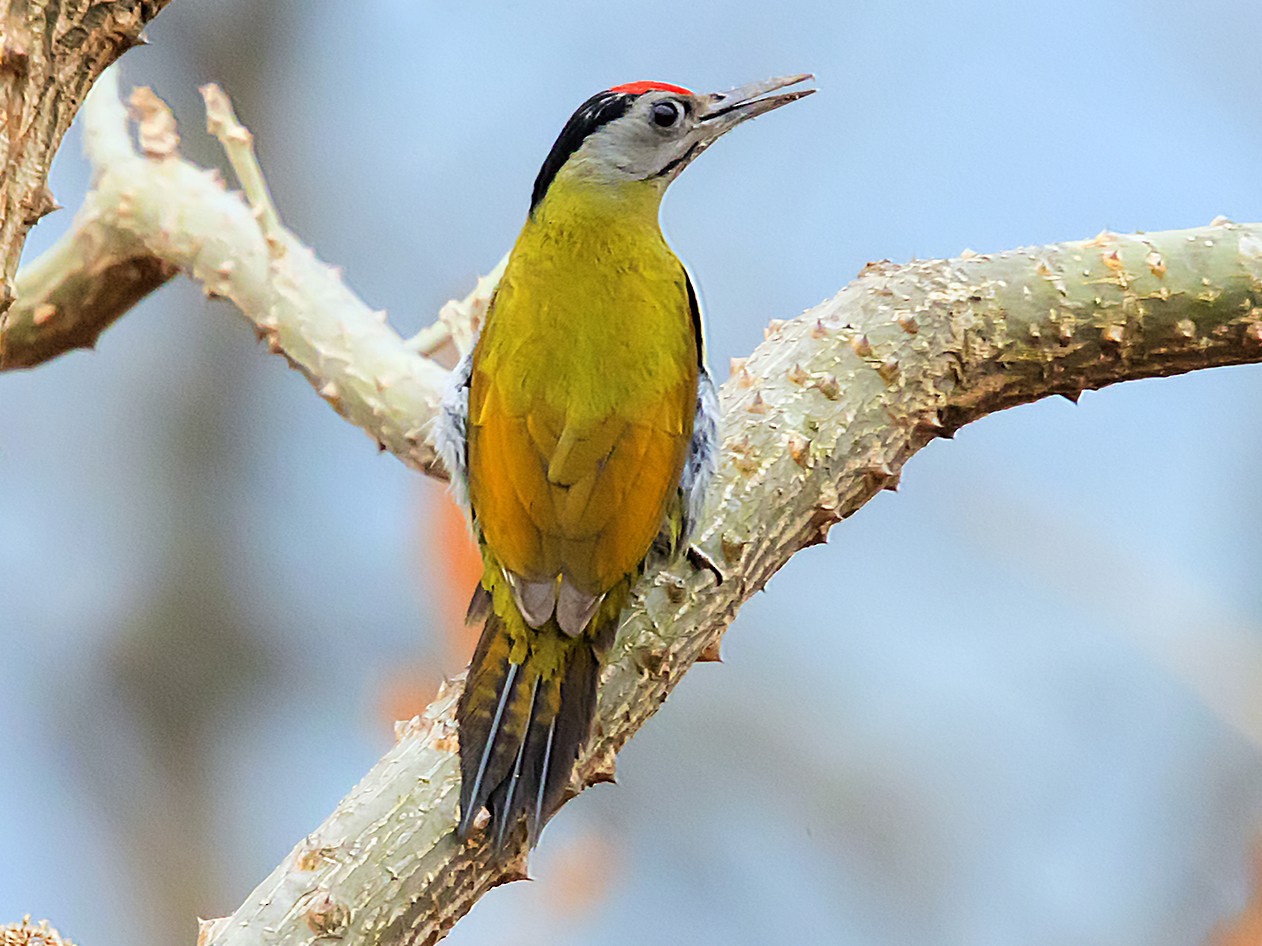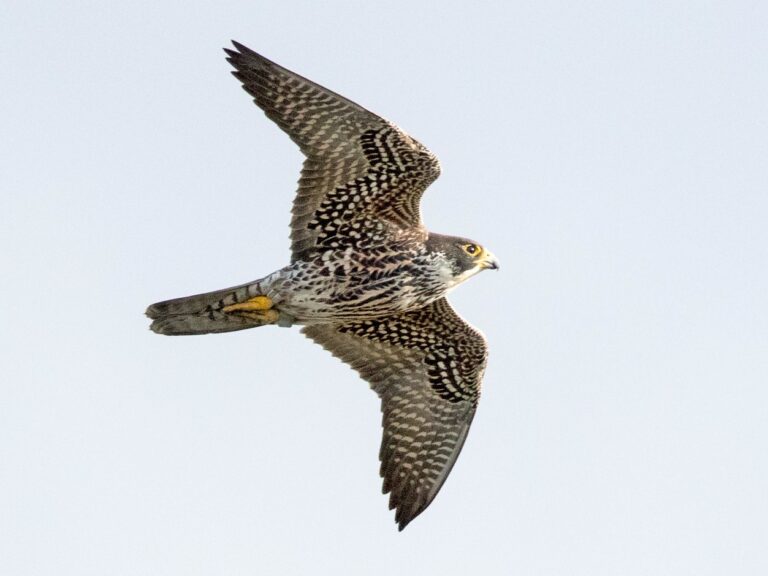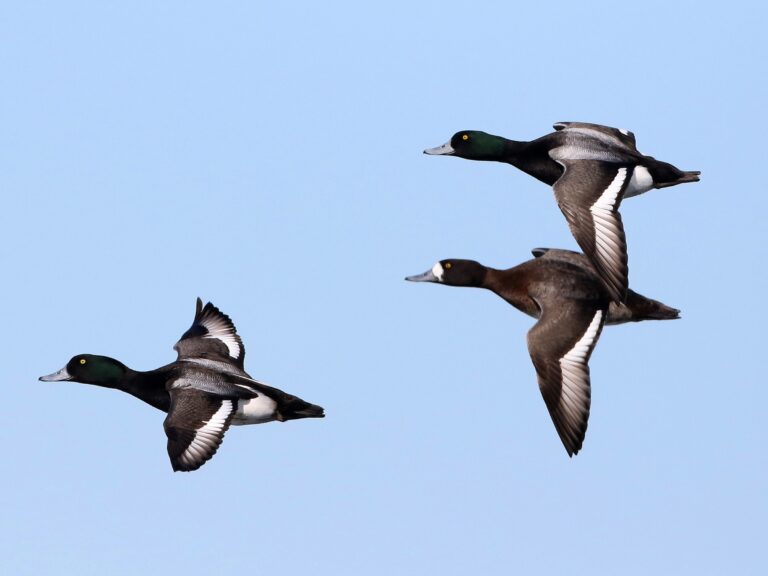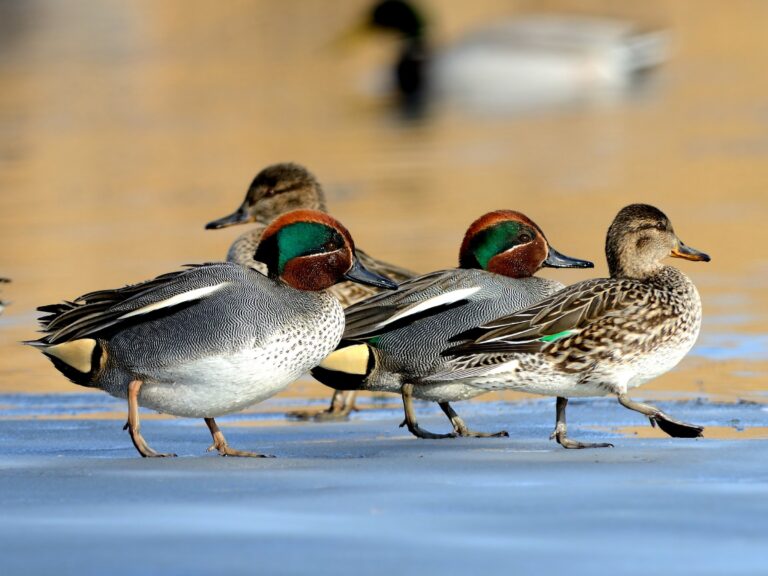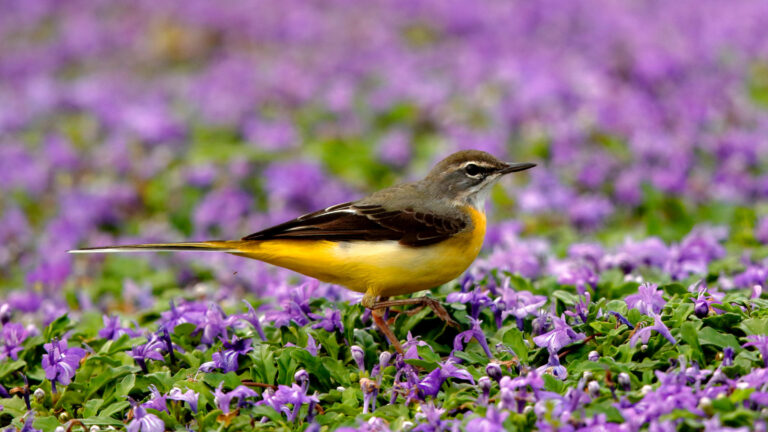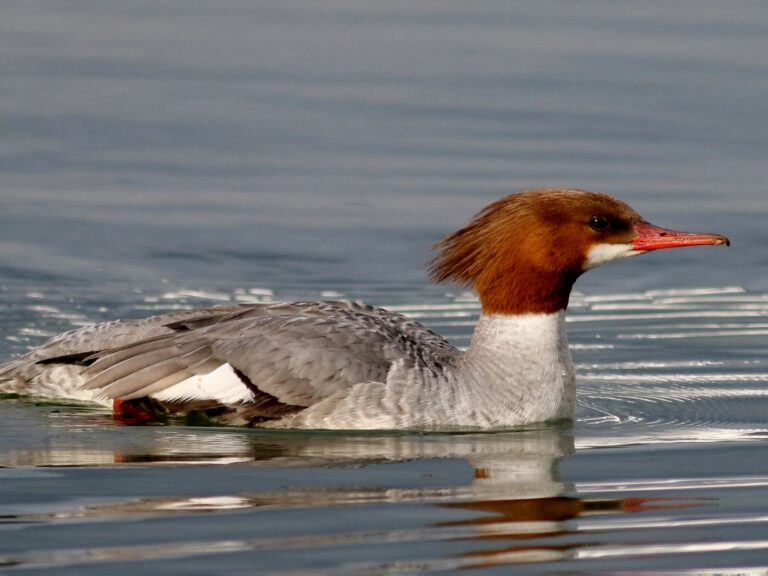Grey-headed Woodpecker: Fascinating Facts and Habitat Insights
The Grey-headed Woodpecker belongs to a widespread family of birds found across Europe and Asia. Its naming, related subspecies, and differences from similar woodpeckers all help us understand where it fits in nature.
Scientific Naming and Family
Scientists call the Grey-headed Woodpecker Picus canus. It sits in the family Picidae, which covers all true woodpeckers. This family is part of the order Piciformes. Picus canus stands out with its mostly green body and a grey head.
Males have a small red patch on the head. In German, folks know it as “Grauspecht.”
Experts group it in the genus Picus, alongside the European Green Woodpecker (Picus viridis). Even though they’re related, you can spot differences in their looks and calls.
The Grey-headed Woodpecker sometimes gets mixed up with other green woodpeckers. That’s led to some lively debates among ornithologists.
Subspecies and Regional Variation
There are a handful of recognized subspecies. They differ in size, shades of green, and their calls. This bird lives across a huge range, stretching from Europe through Russia to East Asia. With such a broad area, groups of Grey-headed Woodpeckers have adapted to their local environments.
Asian birds look a bit different from European ones. In northeast China, researchers have found three distinct groups, which is pretty interesting. Subspecies matter for conservation. Isolated groups can face different threats and might need different management.
Comparison With Other Woodpecker Species
The Grey-headed Woodpecker shares its range with several relatives, especially the European Green Woodpecker (Picus viridis). Both have greenish bodies, but the Grey-headed Woodpecker sports a pale grey head.
The Green Woodpecker’s head is mostly green, topped with a more visible red crown. In places like Russia and Poland, the two can even hybridize, which shows just how close they are.
Compared to other Picidae members, the Grey-headed Woodpecker prefers wooded habitats. It spends a lot of time foraging for ants and insects on the ground.
A systematic review highlighted hybridization and stressed the need for careful identification. Color, calls, and habits all help experts tell them apart.
Physical Characteristics
The Grey-headed Woodpecker has a slim build and a standout grey head. It’s smaller than the Green Woodpecker and has its own look.
Size and Body Length
This is a medium-sized bird. Adults usually measure between 25 and 28 centimeters (about 10 to 11 inches) long. Their wingspan ranges from 38 to 40 centimeters. They weigh between 110 and 170 grams.
Males and females are similar in size, though you can tell them apart by other features. Compared to the Green Woodpecker, this one is about 20% smaller and looks more lightweight. These measurements make it so that they can be pretty agile on tree trunks.
Plumage and Coloration
The grey head covers the crown, nape, and cheeks. Males have a small red crown patch; females have an all-grey crown. The back and wings are olive-green, with some darker barring. Underparts look paler, sometimes with a greenish tint.
The tail is blackish with light bars. There’s a subtle black “moustache” line on the face.
The grey head and olive body give this woodpecker a muted but clear look in the woods. Want more details? Check this European ornithology overview.
Distinguishing Features
The grey head is the key feature—Green Woodpeckers don’t have it. Males have a red crown that doesn’t cover the whole head. The short black “moustache” line is subtle but visible if you’re close. Its bill is straight and medium-length, perfect for pecking at decaying wood.
The eyes are dark and pop against the pale head. These traits help birders and researchers pick out the Grey-headed Woodpecker in the field. If you’re curious about field marks, check out this nesting study of Grey-headed Woodpeckers.
Habitat and Distribution
You’ll find the Grey-headed Woodpecker in places with old trees and lots of dead wood. Its range is huge—Europe to Asia—and it can handle both wild forests and spots shaped by people.
Preferred Forest Types
The Grey-headed Woodpecker mostly lives in mixed forests with old deciduous trees like aspen, birch, and oak. These trees give soft wood for nesting and attract insects, which are their main food source.
It’ll use coniferous forests with scattered deciduous trees, but not as much. The bird likes open or semi-open woodlands, not thick, dark forests. River valleys with old, broad-leaved trees are especially important. Dead or dying trees are crucial—they use them for nesting and foraging.
In Scandinavia and eastern Europe, you can find them in both lowland and hilly forests.
Geographical Range
The Grey-headed Woodpecker’s range covers Europe and Asia, from Norway and Sweden to eastern Siberia and China. It lives in central and eastern Europe, including Poland, Finland, and the Baltic states.
You won’t find it in treeless areas or dense northern conifer forests. It sticks mostly to lowlands, but sometimes moves into foothills and mountains. In Sweden, it’s more common in the south, but you might spot it up north if the habitat’s right (see Swedish distribution).
These birds don’t migrate. They stick around year-round, though in winter they might roam a bit more to find food (seasonal patterns).
Adaptation to Parks and Urban Areas
Most Grey-headed Woodpeckers stick to natural forests, but they can use parks and urban woodlands too. Old parks with mature or dying trees work well, since they mimic natural woods. In cities, you might spot them in big green spaces, old gardens, or cemeteries with enough trees. Their presence in urban areas really depends on whether there’s dead wood and a good supply of ants or insects.
Smaller forest patches near towns can hold breeding pairs, especially if tree management leaves some dead trees standing. This flexibility in habitat choice helps them survive where wild forests are disappearing.
Diet and Foraging Behavior
The grey-headed woodpecker relies on certain foods in its habitat, and its diet shifts throughout the year. It uses different tricks to find food, adapting when things change.
Primary Food Sources
Ants are the main food for the grey-headed woodpecker. They find ants on the ground and under bark, using their long tongue to pull them out. They’ll also eat beetles, larvae, and sometimes spiders. In some places, fruit, berries, and seeds become part of their diet, especially when insects are scarce.
On rare occasions, they’ll eat lice or other small invertebrates. This variety helps them get nutrients year-round. You can read more—studies show ants are the main food source for these woodpeckers most of the time.
Seasonal Diet Variations
During spring and summer, they mostly eat ants and ground insects. The ground is soft and insects are active, making hunting easier. Winter changes things up. Snow and frozen soil block ground feeding, so they look for food above ground.
Berries and fruit matter more in cold months, and sometimes they visit feeders. Their droppings show a clear switch in diet as the seasons change. Researchers have tracked seasonal changes in feeding behavior and diet, which shows they’re pretty flexible when food gets scarce.
Foraging Techniques
Grey-headed woodpeckers use a few techniques to find food. They probe soft wood or bark with their beaks. Their long, sticky tongue helps them reach ants or insects deep inside holes. You’ll often see them searching fallen logs and stumps, flipping over debris for hidden prey.
On the ground, they move quickly to catch ants and other insects. In winter, they spend more time looking for food above ground or at feeders. These birds will revisit the same log or tree several times a day, remembering spots that paid off before. You can read about repeated foraging behavior as part of their search strategy.
Breeding and Nesting
Grey-headed Woodpeckers rely on tree cavities for nesting and follow a clear pattern during breeding season. Their nest choices and mating habits help them survive in forested areas.
Nesting Sites
They usually pick large, old trees for nests. Aspen, birch, and pine are favorites, especially trees with a diameter at breast height over 27 cm. Damaged or decaying wood is easier to dig, so they prefer it. Both males and females dig out the nest hole with their sharp beaks.
The cavity is about 30-40 cm deep and sits several meters above the ground.
After carving out the main cavity, they might line it with wood chips, but they don’t add much else. Forests managed for timber can reduce the number of good nesting trees. This sometimes forces woodpeckers to search farther for a decent spot. You can dig into research on nest preferences here: Nest tree characteristics of Grey-headed Woodpeckers in boreal forests.
Reproductive Behaviors
Grey-headed Woodpeckers start breeding in spring, usually from April to June. Both males and females defend their territory and dig out a nest together. Courtship looks a bit dramatic, with drumming displays and short, repeated calls. It’s a busy, noisy time for these birds.
A female lays 5 to 7 white eggs. The parents share incubation duties for about two weeks.
Once the chicks hatch, they stay put for three to four weeks. Both adults bring food—mostly ants and beetle larvae. When the young finally fledge, they tend to hang around the nest for several days. Pairs get pretty picky about where they nest, which means breeding density can change a lot from place to place.
If you’re curious about their breeding patterns or want to dig deeper into population trends, you can check out this review on European woodpecker species.
Frequently Asked Questions
Grey-headed Woodpeckers show clear differences between males and females in their markings. They live in woodlands across Europe and Asia but aren’t native to North America.
What distinguishes male and female Grey-headed Woodpeckers from each other?
Males have a red crown on their heads, while females don’t. Both have greenish bodies and grey heads, but the female’s head lacks the red patch. These differences make it pretty easy to tell them apart if you see them together.
What is the typical habitat of the Grey-headed Woodpecker?
They prefer older forests with lots of trees, especially places with dead or decaying wood. You’ll mostly find them in Europe and parts of Asia. Studies suggest they like areas with a mix of broadleaf and coniferous trees, which give them places to forage and nest. There’s a good example in this Polish habitat study.
Can you describe the vocalizations of the Grey-headed Woodpecker?
Their call is a loud, ringing “klee-yeh” or “klee-yer,” especially during breeding season. They drum on trees too, but it’s softer and slower than what you might hear from other woodpeckers. These sounds help them communicate and mark territory.
Are Grey-headed Woodpeckers common in North America?
Nope, you won’t find them there. Grey-headed Woodpeckers are native to Europe and big chunks of Asia. Anyone hoping to spot one in the US or Canada is out of luck—their range just doesn’t stretch beyond Eurasia.
What are the main differences between the Grey-headed Woodpecker and the European Green Woodpecker?
The European Green Woodpecker is larger than the Grey-headed Woodpecker. It also has more yellow on its rump and a deeper, brighter green on its back. Unlike the Grey-headed Woodpecker, the Green Woodpecker sports a black mask around its eyes. You can find more about these differences in this detailed comparison.
How can one identify a juvenile Grey-headed Woodpecker?
Juvenile Grey-headed Woodpeckers usually look a bit duller, with more olive in their feathers than the adults. You might notice streaks or spots on their underparts. The red crown patch on young males is often smaller or just not as bright. Their markings lack that crispness you see in adults, so they come across as a bit faded.
